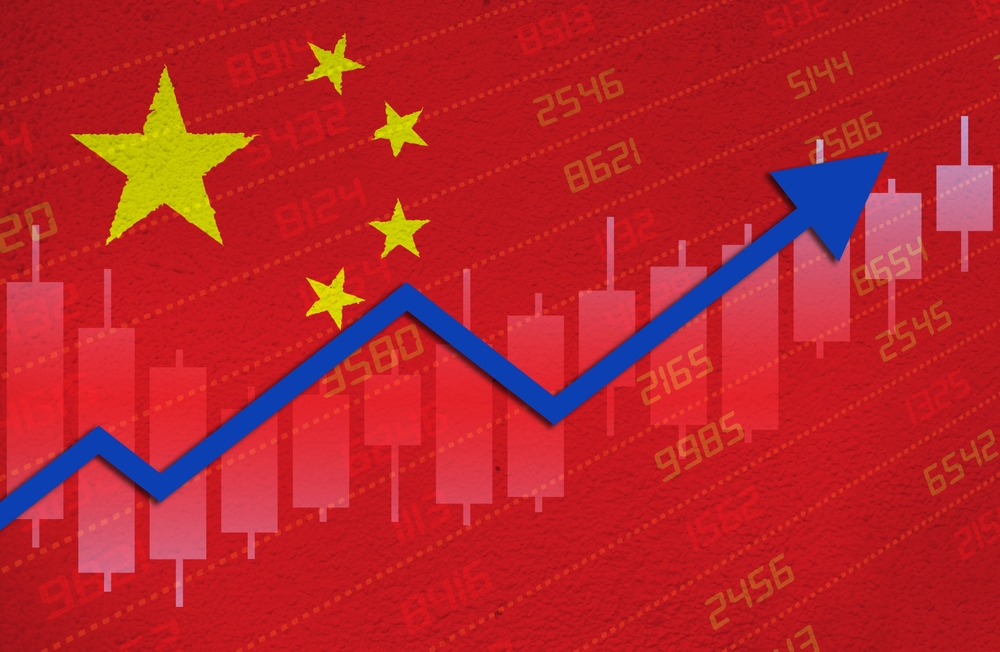Recent data show slowing growth in industrial production and retail sales. Analysts warn of a possible double-dip recession, raising concerns for further measures to support the flagging post-pandemic recovery. This article looks at the latest economic indicators, discusses the challenges facing the Chinese economy and examines the need for stimulus to revive growth.
Industrial production and retail sales disappoint
China's National Bureau of Statistics reports that industrial output grew by 3.5% in May compared to a year earlier, falling short of expectations. This rate of expansion marks a slowdown from the 5.6% growth recorded in April. Similarly, retail sales, a key indicator of consumer confidence, increased 12.7% in May, missing forecasts for 13.6% growth and slowing from the 18.4% recorded in April.
Signs of weakness in several sectors
Various economic indicators including factory surveys, trade data, credit growth and home sales point to a moderation in the growth of the Chinese economy. Crude steel output posted year-over-year and month-over-month declines, while daily coal output also fell in May. These data contradict analysts' expectations of a stronger recovery given the low base effect from last year's tight anti-pandemic restrictions.
The need for stimulus
Economists stress the importance of introducing large-scale policy easing as a first step to support China's slowing economic recovery. However, they caution that it may take two to three years for the economy to fully stabilise. The government has set a modest GDP growth target of around 5% for this year, reflecting the need for further stimulus.
Central bank reaction
China's central bank has taken measures to address the economic slowdown. The interest rate on its one-year medium-term lending facility has been cut for the first time in 10 months, with further reductions in benchmark lending base rates expected. The central bank's measures are aimed at providing liquidity and stimulating economic activity.
Challenges in the real estate sector
The real estate sector, which has historically been a significant driver of the Chinese economy, is facing persistent weakness. Real estate investment recorded its sharpest decline in May, at least since 2001, when it contracted by 21.5% year-on-year. New house price growth also slowed. Analysts predict that the sector will struggle in the coming years.
Labour market and consumer confidence
China's labour market is facing its own difficulties, with youth unemployment reaching a record high of 20.8%. The number of strikes in Chinese factories has risen to a seven-year high due to weak global demand, leading to wage cuts and factory closures. These factors are undermining consumer and business confidence, which continues to hold back economic growth.
Conclusion
The Chinese economy faced headwinds in the second quarter of this year as the post-pandemic recovery loses momentum. Growth in industrial output and retail sales fell short of expectations, reinforcing concerns about the health of China's recovery. Further stimulus measures and policy adjustments are expected to be introduced to counter these challenges. The road to a sustained economic recovery may require time and concerted efforts to address the complex set of domestic and global factors affecting the Chinese economy.


